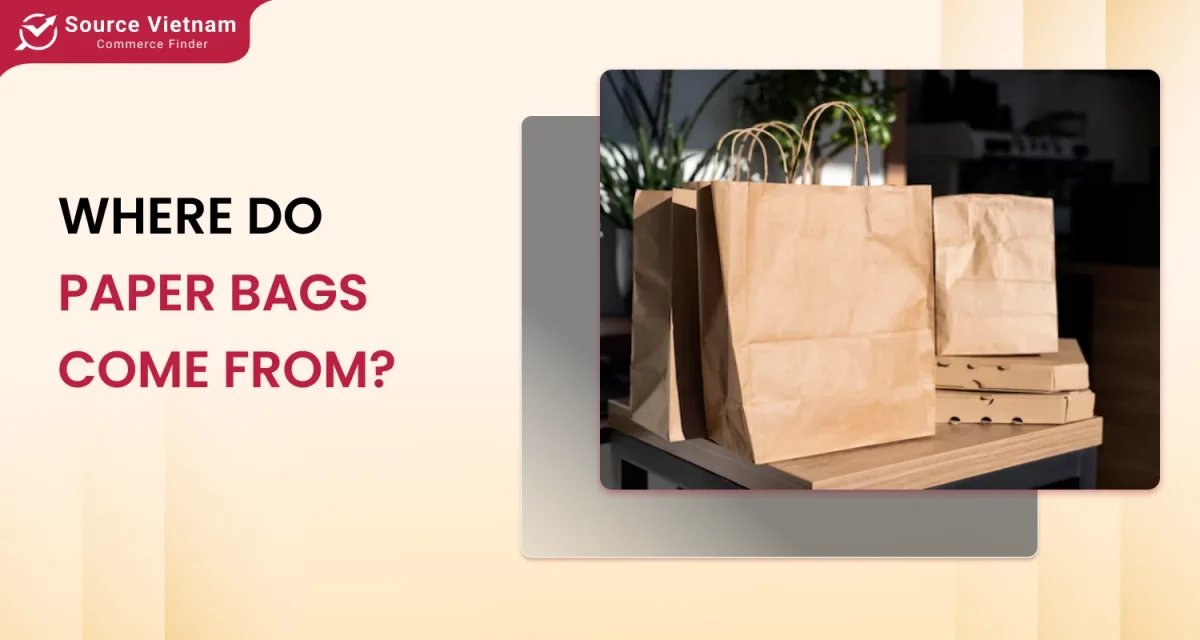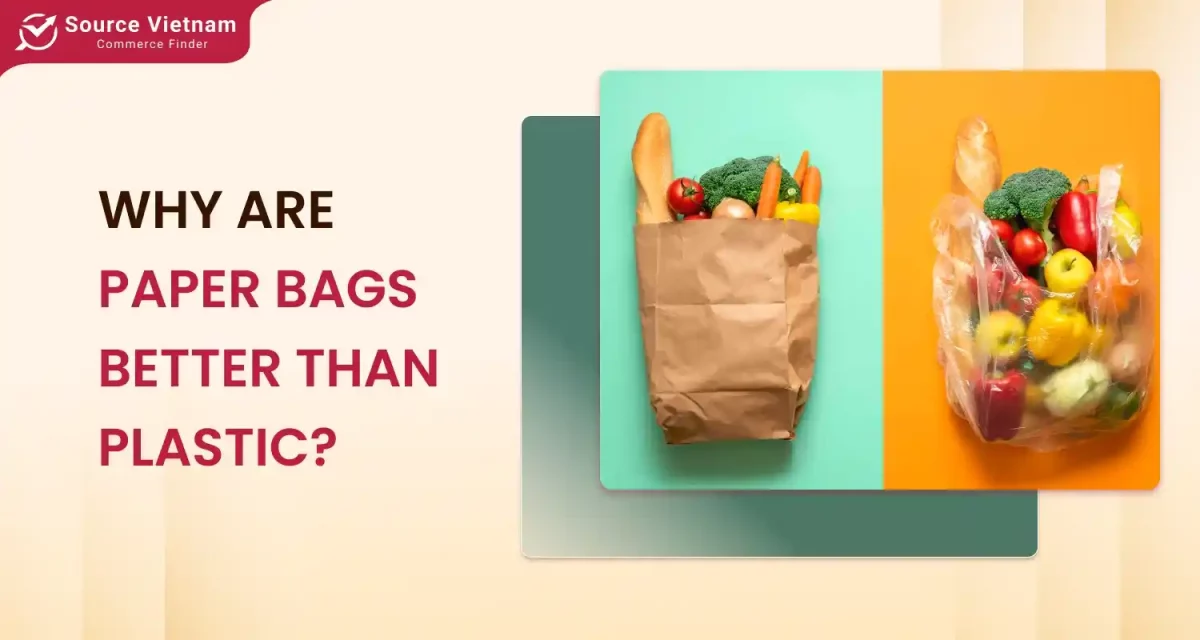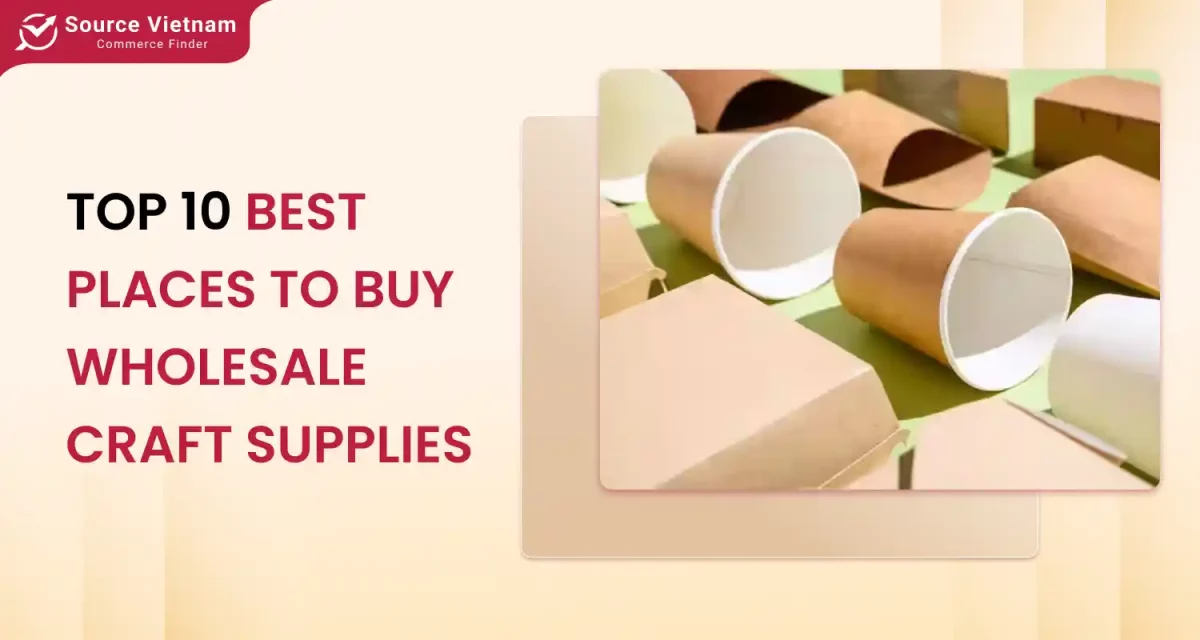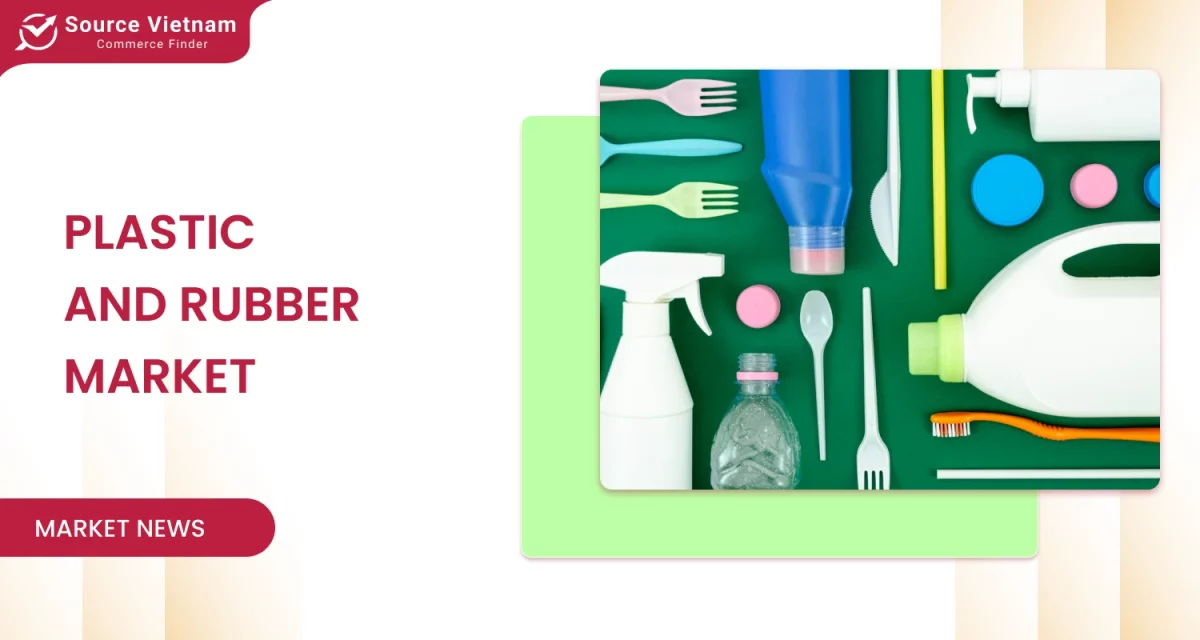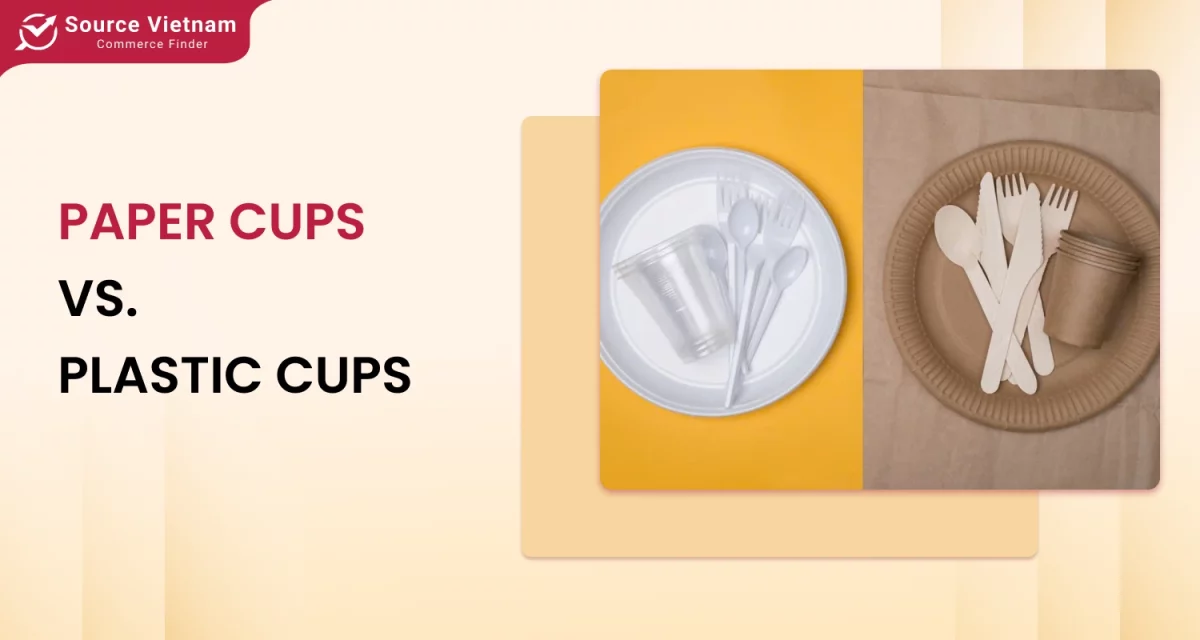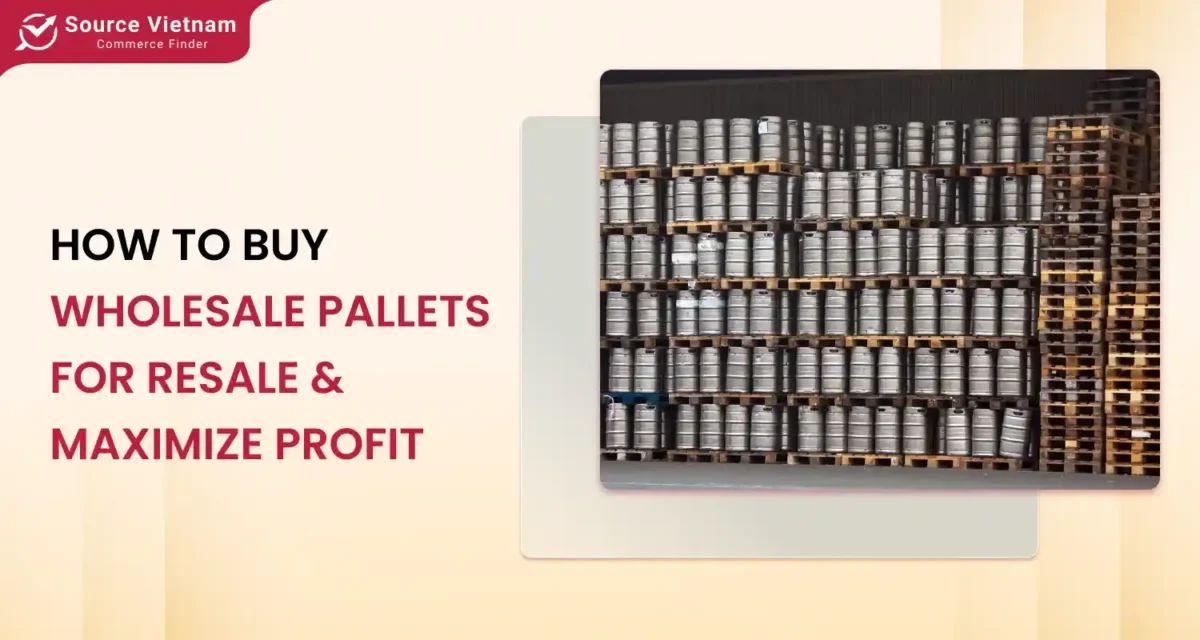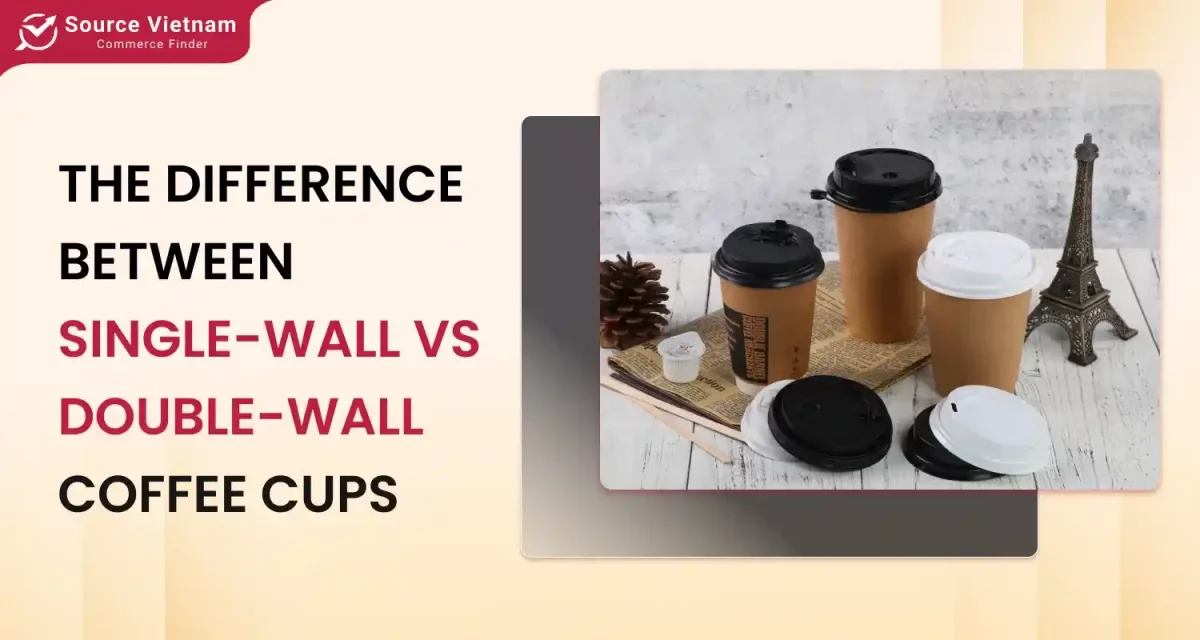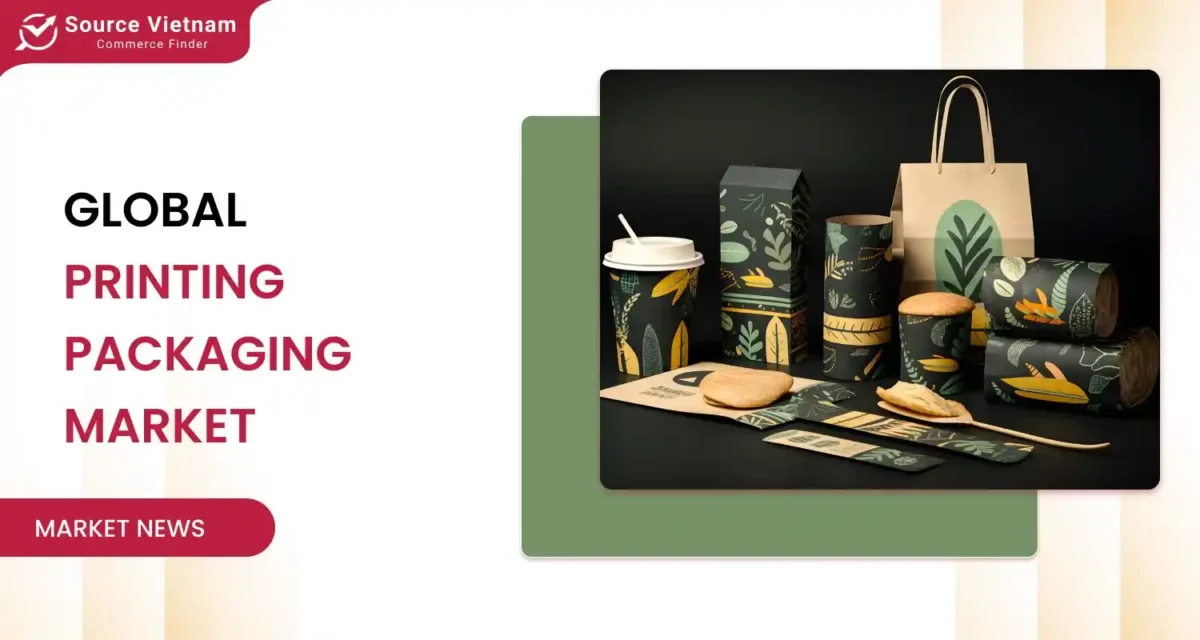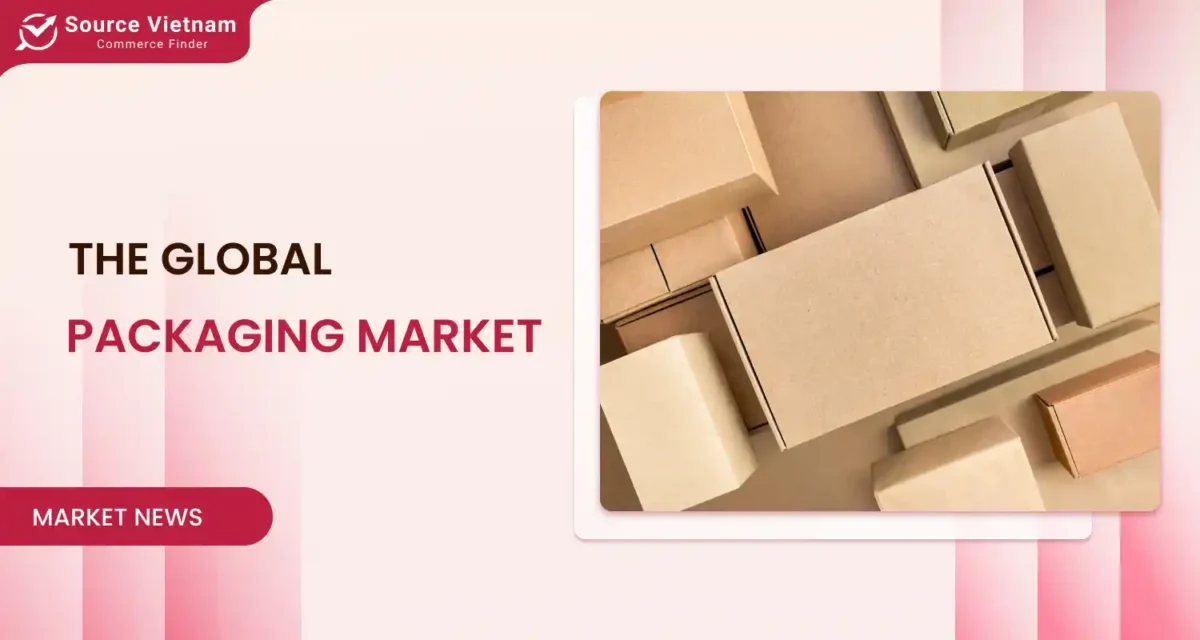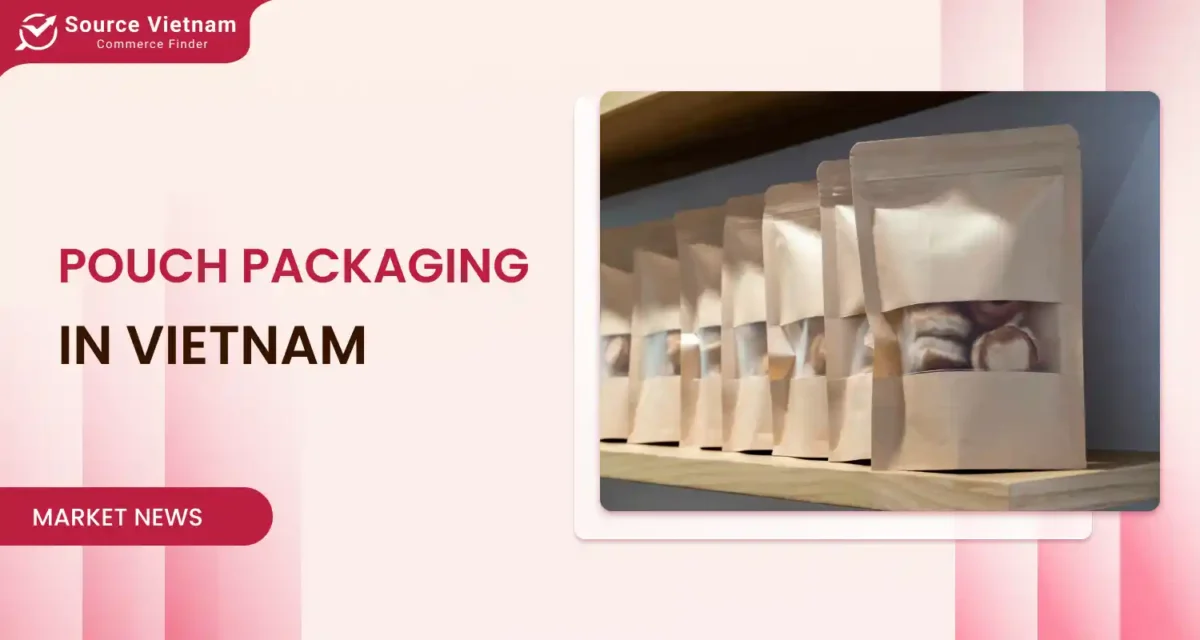Paper cups vs styrofoam cups: Paper cups are biodegradable and eco-friendly but require significant resources to produce, while styrofoam cups are cost-effective and insulate well but are non-biodegradable and harmful to the environment.
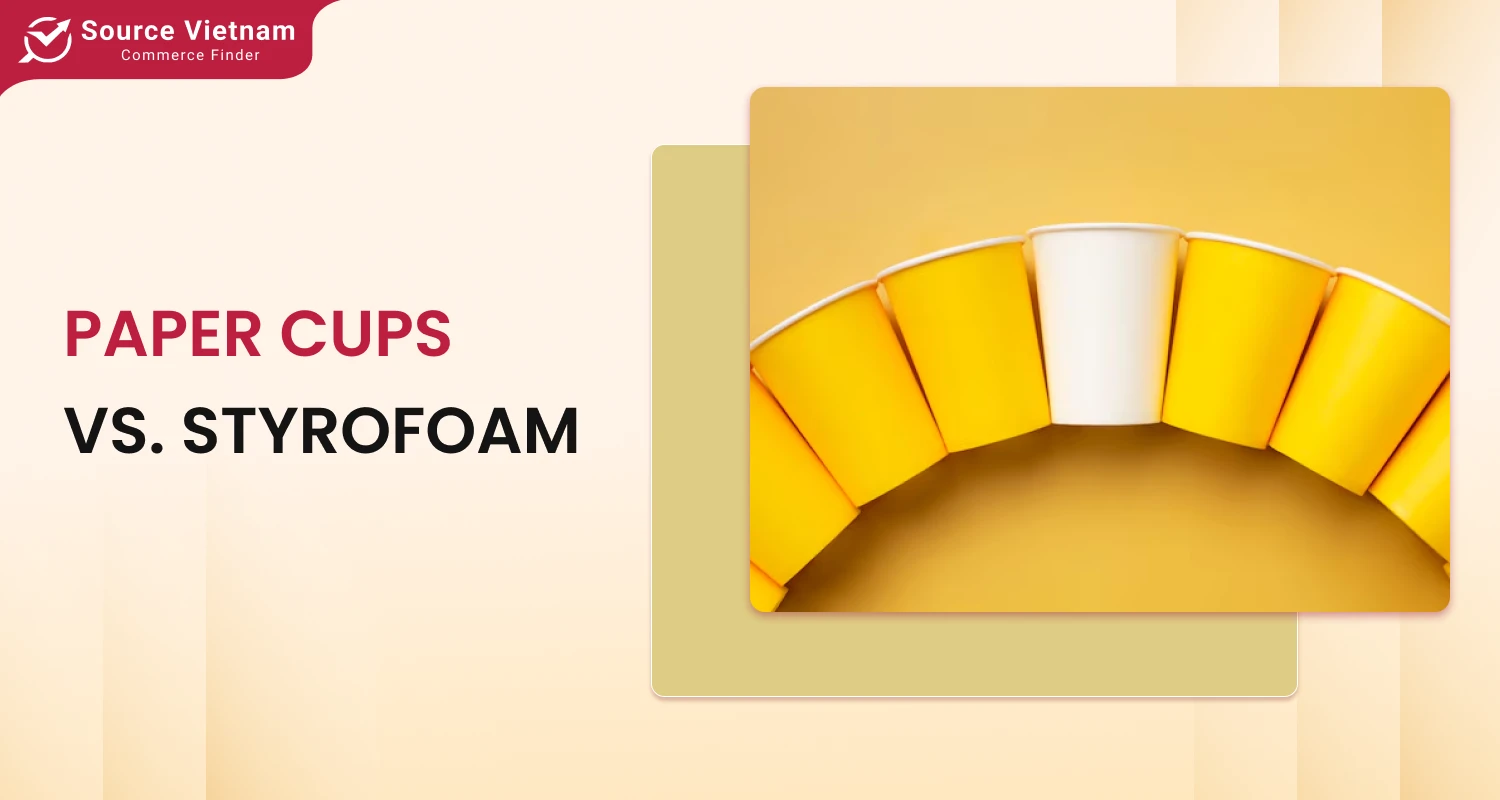
This guide deeply dives into the debate over two common types of disposable cups: paper cups vs styrofoam in the market. Let’s explore the differences between paper cups vs styrofoam, focusing on eco-friendly choice, cost, performance, and sustainability.
Disposable cups have become essential things of this modern society. Whether you take a cup of coffee or sip a cold drink on the food court, these ubiquitous containers have a fascinating evolution. Since nobody wants to risk breaking glasses or mugs when they’re served, the demand for disposable cups is even higher. Due to their convenience, billions of single-use cups are discarded daily, and the environmental consequences of our choices are more critical than ever.
Paper cups: the manufacturing process, the pros and challenges you should know
Since nobody wants to take the risk of breaking glasses or mugs when they’re served, using paper cups have become popular with both consumers and businesses. Most people perceive that paper cups are more eco-friendly vs styrofoam counterparts. Below, we’ll list down many aspects, helping you weigh their ups and downs.
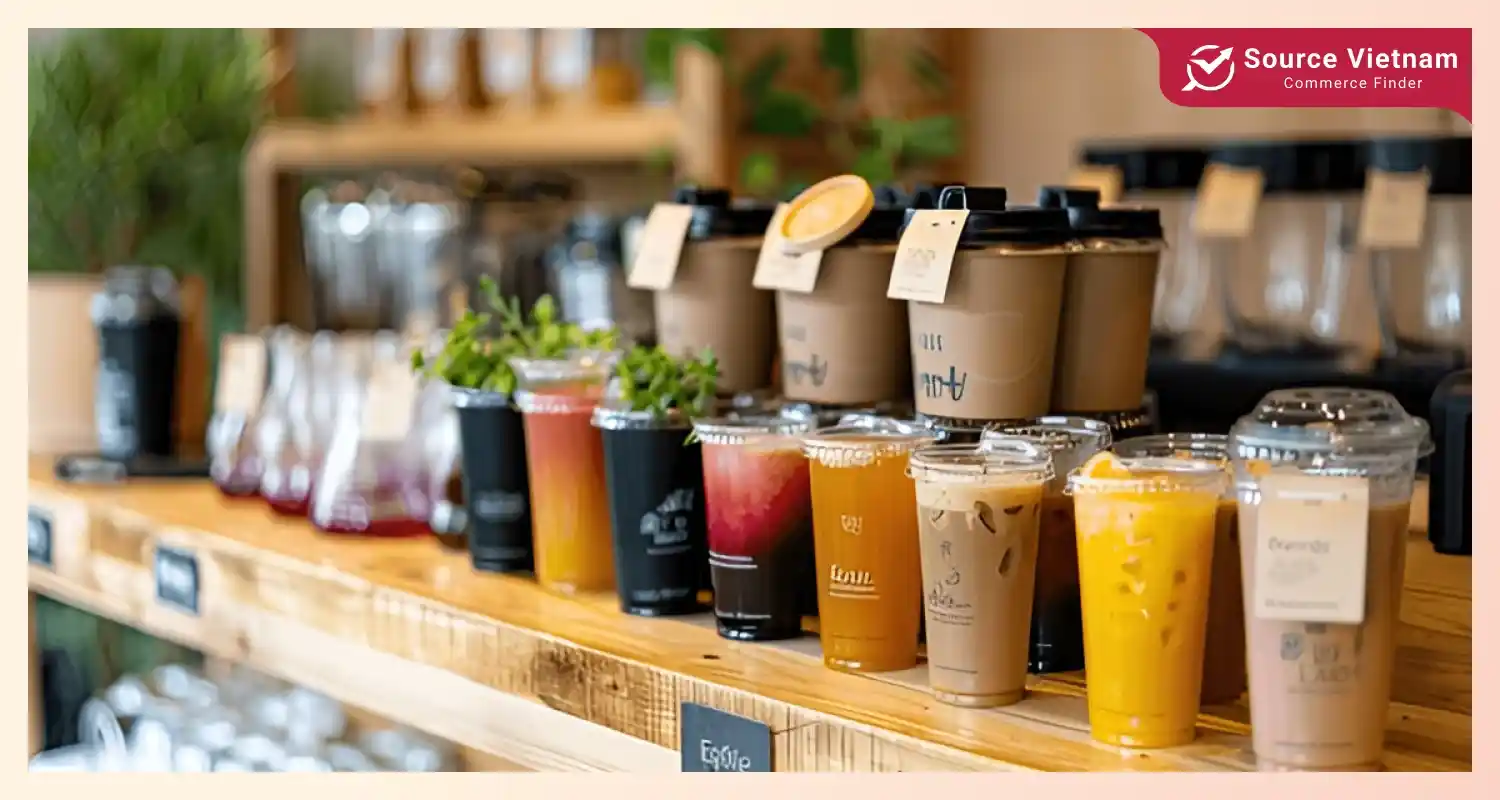
Manufacturing process
The environmental impact of paper cups has been shown through several steps in the production process. Wood pulp is the main ingredient used to make the cups, which are processed into thick paperboards to form the product’s structure. After that, the paperboard is cut, shaped, and rolled into cylindrical forms, with the rim curled on the top edge of the cups.
To make paper cups waterproof, a thin layer of polyethylene plastic (PE) has been attached inside. Logos or designs are printed on the exterior, often not using eco-friendly inks. Finally, the bottoms of the biodegradable cups are sealed, quality-controlled, and packaged for distribution. As you can see, biodegradable cup options for coffee shops are commonly popular with businesses.
The pros of paper cups
While paper cups do not entirely commit to environmental impact, they have some advantages over styrofoam and other plastic products.
- Biodegradability: Consequently, with the right procedures and conditions set in, the cups made from biodegradable materials are compostable, which makes them even easier to break down in a few months.
- Renewable resource: Paper cups are primarily made from wood pulp, a renewable resource, which gives them in term of sustainability.
- Recyclability: Depending on the presence of plastic linings, some paper cup types can be recycled in specialized facilities.
- Consumer perception: Eco-friendly products have been becoming trendy in recent years. To enhance businesses’ reputation and appeal to eco-conscious customers, most of them choose paper cups as a sustainable option.
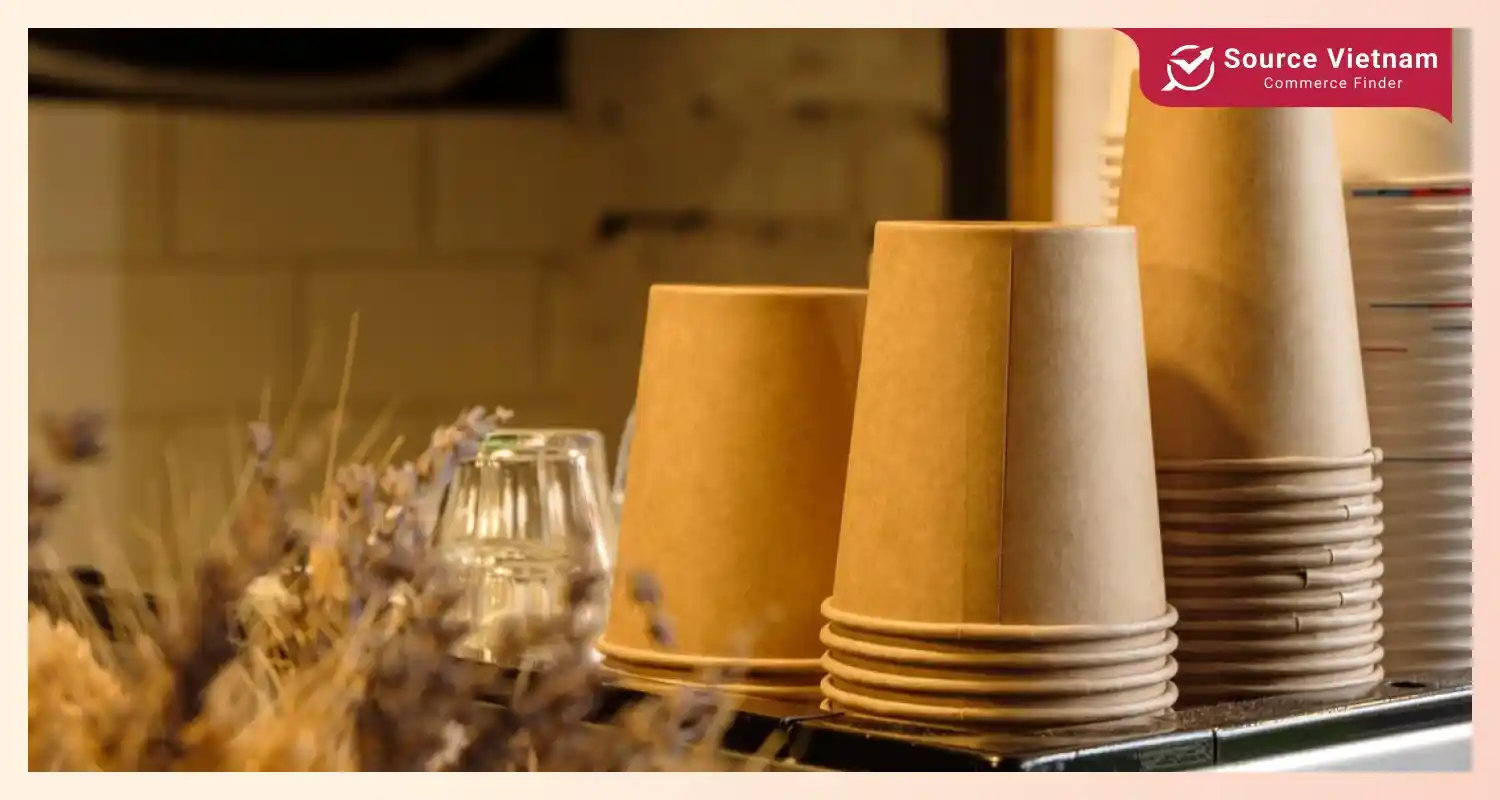
Read more >>> The Difference Between Single-Wall and Double-Wall Coffee Cup
The cons of paper cups
Despite their advantages, paper cups also come up with some challenges in terms of environmental benefits. It’s crucial to consider these drawbacks:
- Plastic lining: This layer causes many problems for recycling and composting. The layer must be separated from products during the recycling process, which can be inefficient and costly. As a result, many paper cups are thrown in landfills rather than recycling facilities.
- Requiring in production: Paper cups consume a significant amount of water and energy than styrofoam. From processing wood pulp to manufacturing the final products, the footprint on the environment can be substantial, particularly the depletion of resources.
- Recycling challenges: The recycling process is complicated and requires specific equipment facilities.
See how your choice of cup affects the environment.
Read more >>> Top 10 Best Places to Buy Wholesale Craft Supplies Online
Styrofoam: unpacking the facts you should know
The environmental impact of styrofoam cups on our planet is undeniable, and they offer convenience and cost savings. Let’s dive deep into this product.
Manufacturing process
Styrofoam cups are technically made from polystyrene or expanded polystyrene (EPS) and after that processed into tiny plastic beads. These beads are heated with steam till expanding and poured them into moulds. After moulding, the products are trimmed to remove excess material for a smooth surface.
The advantages of styrofoam
The manufacturing process between paper cups vs styrofoam is quite different. But it still has some benefits:
- Cost-efficient: Manufacturing costs of print cups are greater than that of styrofoam cups, which is why many businesses make the switch.
- Insulation features: allow beverages to be hot and cold for a longer period.
- Lightweight: is the one of the biggest advantages of styrofoam cups, which allows for decreased shipping expenses.
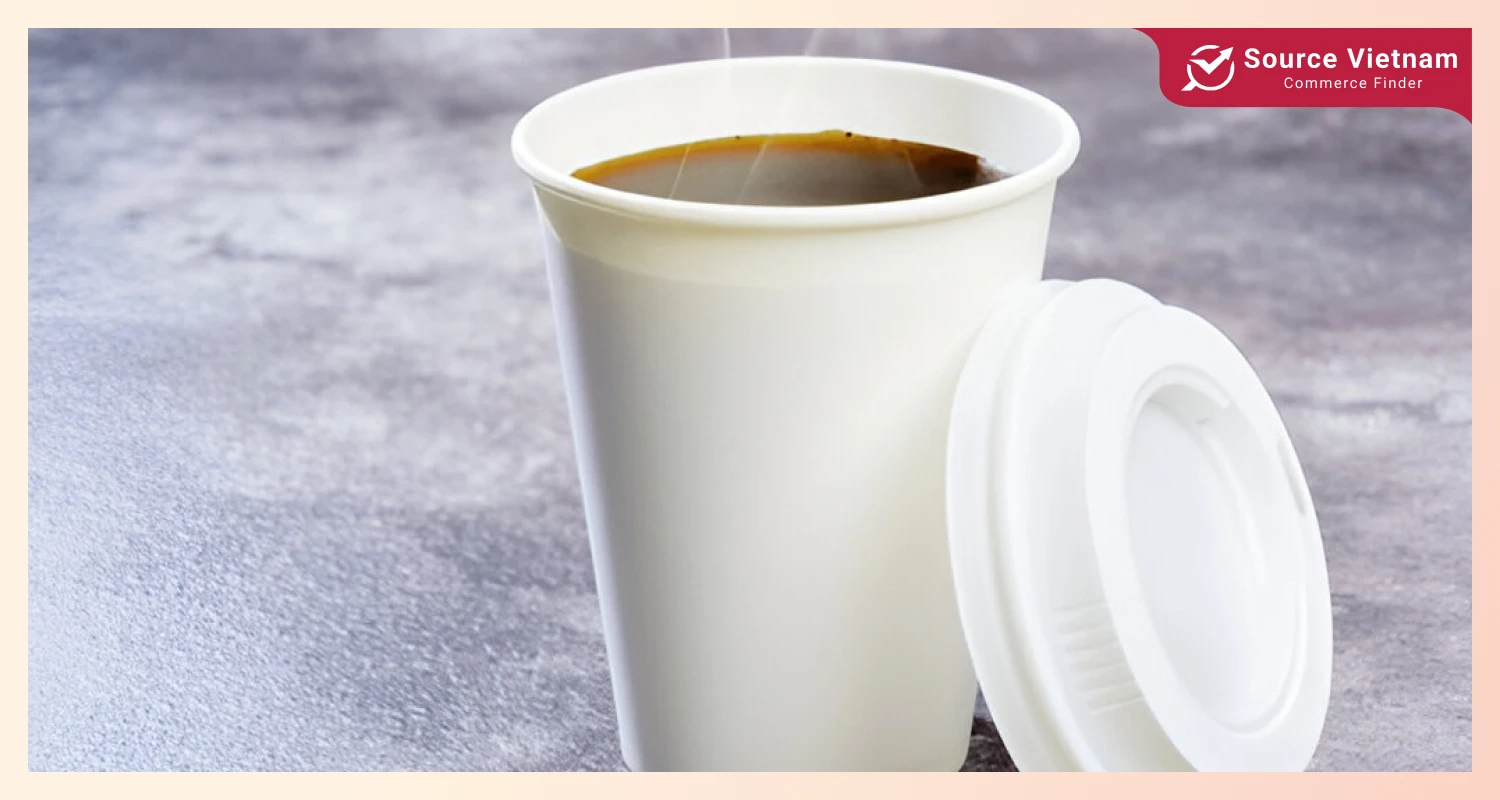
The drawbacks of styrofoam
While they seem convenient, they also come up with several drawbacks. Here’s some problems:
- Non-biodegradable: Styrofoam can’t be indestructible in the environment. It isn’t biodegradable. Meanwhile, this product has stayed in landfills for centuries and causes plastic pollution.
- Health risks: Styrene in styrofoam has been linked to potential health problems when consumed through food or drinks.
- Challenges in recycling: due to its lightweight and difficulty separating from waste streams, most curbside recycling programs do not accept styrofoam, further limiting its recyclability.
Learn how styrofoam cups impact our planet.
Read more >> Paper Cups vs. Plastic Cups: Environmental Impact and Cost Comparison
Detailed comparison between paper vs styrofoam cups
This table helps you have an overview of the pros and cons of paper cups and styrofoam before a detailed comparison. We will break down some different keys such as environmental impact, cost, performance, and health impact.
| Aspect | Paper cups | Styrofoam cups |
| Environment impact | Biodegradable
Recyclable in specialized facilities Compostable cups and made from renewable resources (trees) Requiring significant amount of energy and water in production |
Non-biodegradable
Low recycling rates Non-renewable resources (fossil fuels) Need lower energy in production, but causes polluted |
| Health considerations | Friendly with consumers: safe for food and beverages | Potential health concern: may leach styrene when exposed to heat |
| Performance | Moderate insulation
Less durable Microwave-safe |
Excellent insulation
More durable Not microwave-safe |
| Cost | More expensive | Cheaper |
The environmental effect of paper cups vs styrofoam
- Biodegradability: There is a plus that the environmental impact of paper cups vs styrofoam is better. These products are biodegradable without plastic lining that is added to protect the environment and are much easier to break down. Meanwhile, products are notoriously resistant to biodegradation, and the environmental impact of styrofoam cups has persisted in the environment for centuries, threatening directly to ecosystems and wildlife.
- Pollution: Both paper vs styrofoam cups directly contribute to pollution in distinct ways. Expanded polystyrene (EPS) in styrofoam breaks into small fragments consumed by animals and causes plastic pollution. Although paper cups are biodegradable, they circumstantially cause deforestation and plastic pollution with plastic linings.
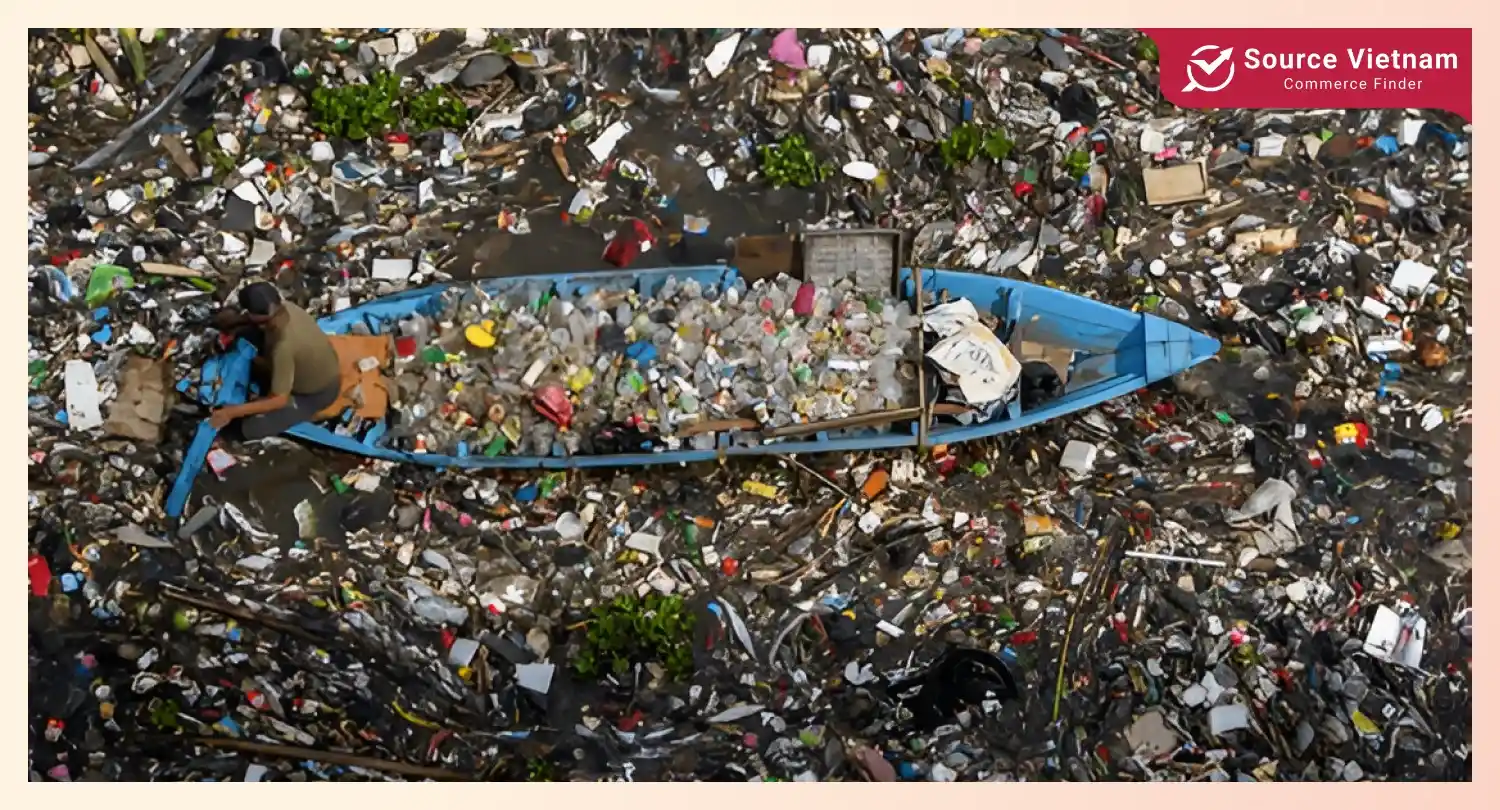
- Recyclability: Paper cups can be recycled in specialized facilities; their plastic lining is commonly used to enhance waterproofing, making the recycling process more complicated. However, styrofoam recycling is even facing greater challenges. Due to its lightweight and complex separation from other waste, most curbside recycling programs do not accept styrofoam.
- Resources: Recycling paper cups vs styrofoam is different. Paper cups are made from trees, a renewable resource. However, the manufacturing process requires a substantial amount of water and energy. Furthermore, sourcing wood pulp can cause deforestation and habit loss if they don’t plan to maintain sustainable forestry. In contrast, styrofoam cups are derived from non-renewable fossil fuels, which impact greenhouse gas emissions through extraction and processing products.
- Carbon footprint: includes raw resource extraction, production, transportation and end-of-life management, which requires a comprehensive analysis of their entire life cycle. While the carbon footprint of both types of cups can vary depending on specific circumstances, life cycle assessment (LCA) studies can provide valuable calculations and insight for comparing the products’ impact on the environment.

Health considerations
- Paper cups: are generally considered safe for food and beverage consumption. They can cause many health problems to consumers, as long as they are manufactured food-grade materials and do not contain harmful additives.
- Styrofoam cups: concerns about potential health risks due to leaching styrene into hot or acidic beverages. According to the Environmental Protection Agency (EPA), the link between styrene exposure and its effects on health, including neurological problems, reproductive issues, and the risk of cancer through some health studies.
Performance
- Insulation: Styrofoam is a popular choice for takeaway tea, coffee and other beverages to maintain the temperature for extended periods. Because of cellular structure that effectively traps heat, the insulation of styrofoam cups is more excellent than paper cups.
- Durability: Styrofoam cups are more durable, remarkably lightweight, and convenient for handling. But they can easily crack or break when pressure or drop. Biodegradable cups are less durable and soggy sometimes, especially with hot liquids.
- Microwave safety: harmful chemicals in styrofoam are released when melted or heated in the microwave. In fact, the safety of styrofoam vs paper cups still concerns further limits.
Cost of styrofoam cups vs paper
- Paper cups: Recyclable cups are more expensive than styrofoam. The production process implicates quite high-priced materials and complex manufacturing processes.
- Styrofoam cups: are generally the economical option for business to minimize expenses. However, it’s essential to consider the environmental and health risks of styrofoam cups, which can outweigh the initial cost savings for a long time.
Find out which sustainable packaging solutions are more cost-effective
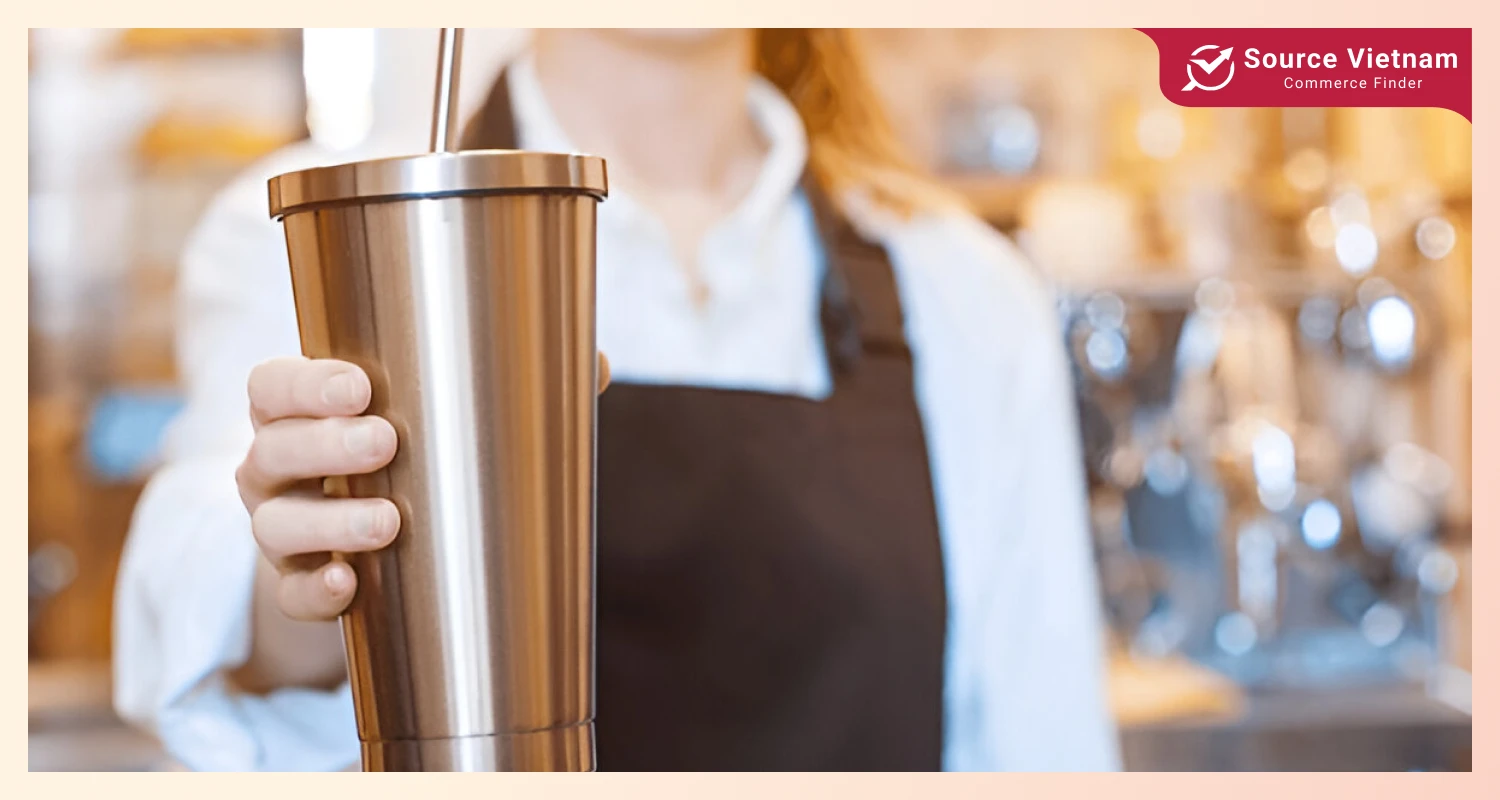
Which are the best sustainable cups options for business?
Considering the impact of paper and styrofoam cups on the environment, it’s prudent to seek other acceptable and more sustainable cup alternatives. Here are some green alternatives.
- Biodegradable and compostable cups: PLA (polylactic acid) or bagasse (sugar cane fibre) are the main plant-based ingredients of products. Some bagasse-based cups can decompose at home in suitable conditions. However, proper disposal is essential to ensure they compost effectively, as they won’t break down in regular landfills.
- Recyclable cups: choose cups that fit comfortably into typical curbside recycling programs. Such cups are often made from paper with little plastic or completely recycled materials.
- Reusable cups: the best option is switching to reusable cups. KeepCup offers beautiful, strong cups that can replace hundreds of disposable cups over many years.
Ultimate guide to biodegradable cup options
Examples of sustainable businesses and innovation
Many businesses apply sustainable practices by finding and providing eco-friendly options instead of using solutions that greatly harm the environment.
- Dunkin’ Donuts: has decided on global step to manage the waste reduction that all stores have ceased using styrofoam cups and utilizing recycled paper cups.
- Starbucks: has applied free reusable cups and rewarded customers for reusing their cups in order to reduce disposable cups.
- McDonald’s: also committed to saying goodbye to styrofoam and started using eco-efficient materials all around the world.
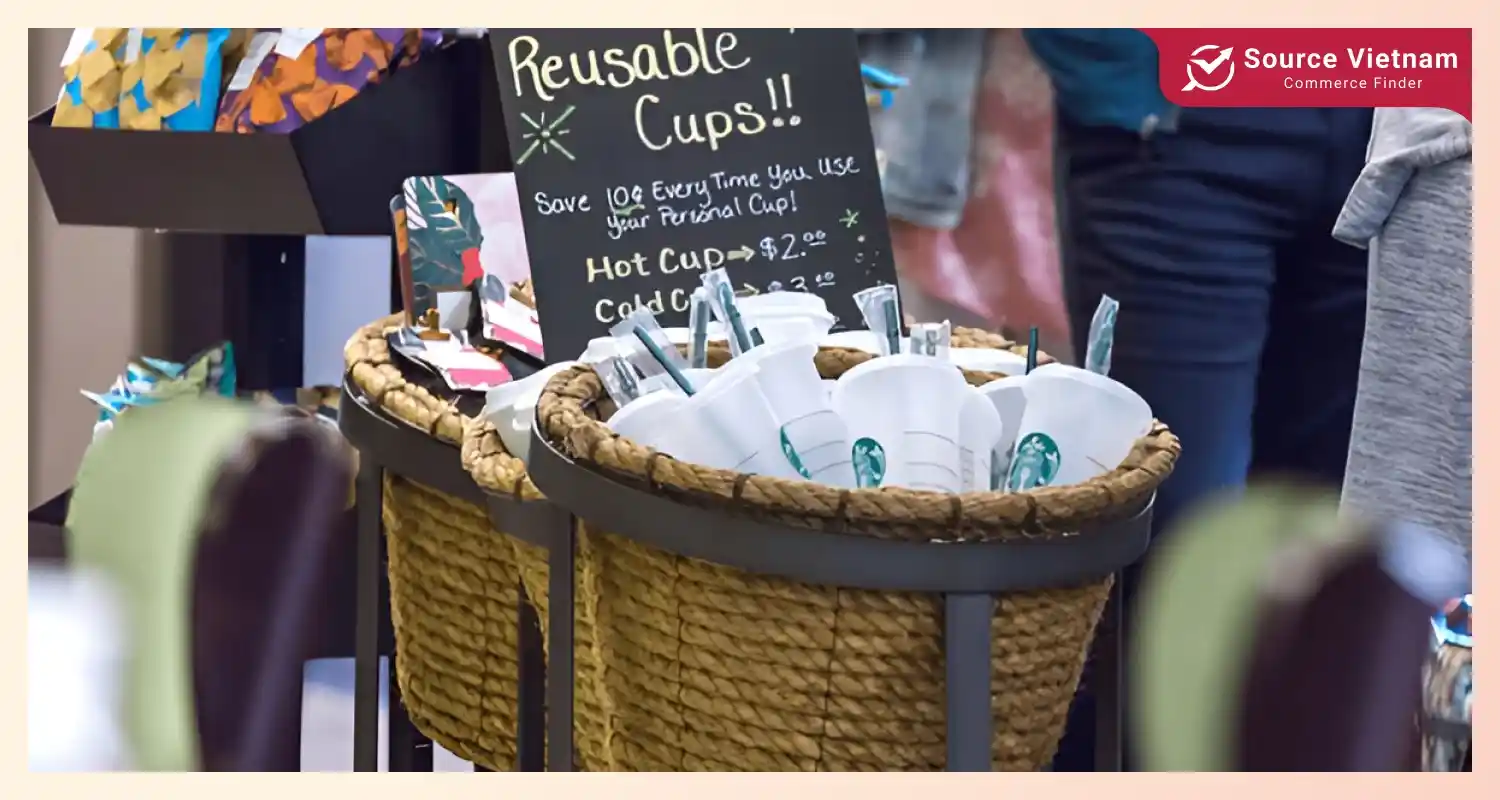
These steps enhance consumer consciousness and behavior about waste and pollution by educating them conscious of their actions. Such effects become cumulative and more people are likely to embrace the sustainable way and care for the environment as well.
These sustainable alternatives will make you feel amazing
Conclusion
In the cup debates of paper cups vs styrofoam cups, there is always going to be one apparent underlying factor, both options are bad for the environment. Thinner paper cups, while relatively bio-degradable and recyclable, can safely argue that they threaten forests and consume major resources in their manufacture. Styrofoam cups are more infamous for being non-biodegradable. While they do not cause a direct environmental disaster, they do leach several harmful chemicals which can come back to haunt styrofoam users.
With SourceVietnam.com, we will be making an intentional decision towards less environmental impact hence a more sustainable environment. Such options also add to the many simple actions that collectively make a big impact on the issue. Make a difference with your cup choice! That’s where all the magic is in a big cup!
FAQs
Are paper cups truly better for the environment than styrofoam cups?
In theory, paper cups can be recycled and biodegradable; they often require special conditions and cause deforestation. On the other hand, styrofoam is not affected by deforestation and is non-biodegradable, which takes several years to break down. Both paper cups vs styrofoam impact to the environment in a particular way.
What health risks come from utilizing styrofoam cups?
Styrofoam cups leach a potential endocrine disruptor – styrene into hot or acidic beverages. This chemical causes many hidden health problems, such as pregnancy, neurology, and types of cancers.
As a planner, what are the best eco-friendly disposable cups for an event?
You can consider compostable cups made from plant-based materials like PLA or bagasse, which quickly break down in specific facilities. Recyclable paper cups with minimal plastic lining are also a better alternative.
How to dispose of paper and styrofoam cups responsibly?
You can throw paper cups in recycling bins if local facilities accept them. Besides that, styrofoam cups are more challenging to recycle due to the limited equipment facilities and litter in landfills. So, the best option is to use disposable cup alternatives.

